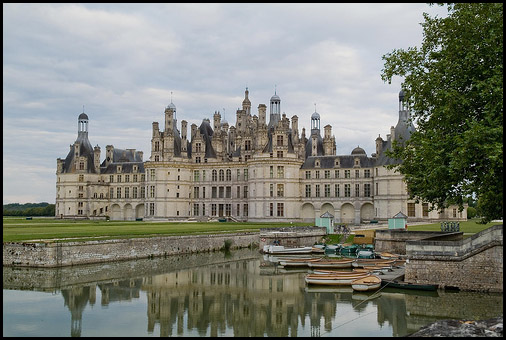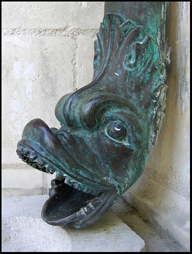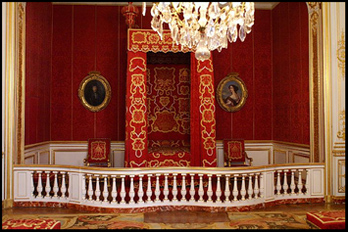
Of Château de Chambord, writer Henry James once said, “Chambord is truly royal – royal in its great scale, its grand air, and its indifference to common considerations.”
Boy, was he right! Château de Chambord is a special place. As the largest château in the Loire Valley, and most likely designed by Leonardo da Vinci, Château de Chambord was once the pinnacle of the French Renaissance.
If you can only see one chateau in the Loire Valley, this one’s it!
When to Go
Various events take place in the château, park, and forest year-round. It is incredibly popular in the summer, with up to 8,000 visitors a day – so avoid it then.
The park and forest is open every day of the week.
From January 2 through March 29 and October through December, the château is open from 10 am to 5 pm. From March 30 to September 30, it is open from 9 am to 6 pm.
The monument is closed January 1, February 4, and December 25.
Cost
Admission to the château is €11,00. Parking is €4 a day
History of Château de Chambord
- The 21-year-old Francois I began Château de Chambord as a hunting lodge in the Forêt de Boulogne. In 1519, this lodge was destroyed and creation of the present-day Chambord began.
- By 1537, the towers, the keep, and the terraces had been completed by 1800 men and three master masons.
- Obviously, Francois I lived a life of luxury, sometimes to the point of being overly extravagant. At one point, he even suggested diverting the Loire River to make it flow in front of his château, but he settled for redirecting the nearer Cosson River instead.
- Francois did not see his château finished. He died in 1547 before the chateau was completed. His son, Henry II, continued his work, and later, in 1685, Louis XIV completed the 440-roomed structure.
- The state acquired Chambord in 1932. Today, it is heavily visited and is the most popular chateau in the Loire Valley.
What to See
- The façade and rooftop
- The guardrooms
- The double helix staircase
- The State Aparments
- The forest

Photo by Peter Dutton
The central keep, with it’s four circular towers, forms the nucleus of the chateau – and dominates Chambord’s facade. The roof originally doubled as a viewing terrace, from which to observe the start and finish of hunts, while the roof terraces include a forest of elongated chimneys, miniature spires, shell-shaped domes, and richly sculpted gables. Surmounting the terrace is the lantern tower, standing at 105 ft (32 m) high, and supported by arched buttresses and crowned by fleur-de-lys.
Arranged in the form of a Greek cross, around the grand staircase, are the vaulted guardrooms. They were once the settings for royal balls and plays, and are quite luxurious. Their ceilings are decorated with Francois I’s initials and a salamander motif. Francois I chose the salamander as his mysterious symbol – it appears over 800 times throughout the château.
There are 14 large and 60 small staircases, and one innovative double helix staircase, designed by Da Vinci so that a person ascending and a person descending would never meet.
 In the State Apartments you can see Louis XIV’s redecorated bedchamber, the grandest quarters in the château.
In the State Apartments you can see Louis XIV’s redecorated bedchamber, the grandest quarters in the château.
In the north tower, lays Francois I’s barrel vaulted study, Cabinet de Francois I, which was later turned into an oratory in the 18th century.
Francois I’s bedchamber is also available for viewing, where the king, hurt by a failed romance, scratched this message onto a pane of glass – ”Souvent femme varie, bien fol est que s’y fie” (“every woman is fickle, he who trusts one is a fool”).
Most of the furniture and furnishings from the château were destroyed during the revolution, but some remarkable paintings and tapestry remain.
Surrounding the château’s parkland is a forest of more than 13,000 acres, enclosed by a wall stretching 20 miles (32km).